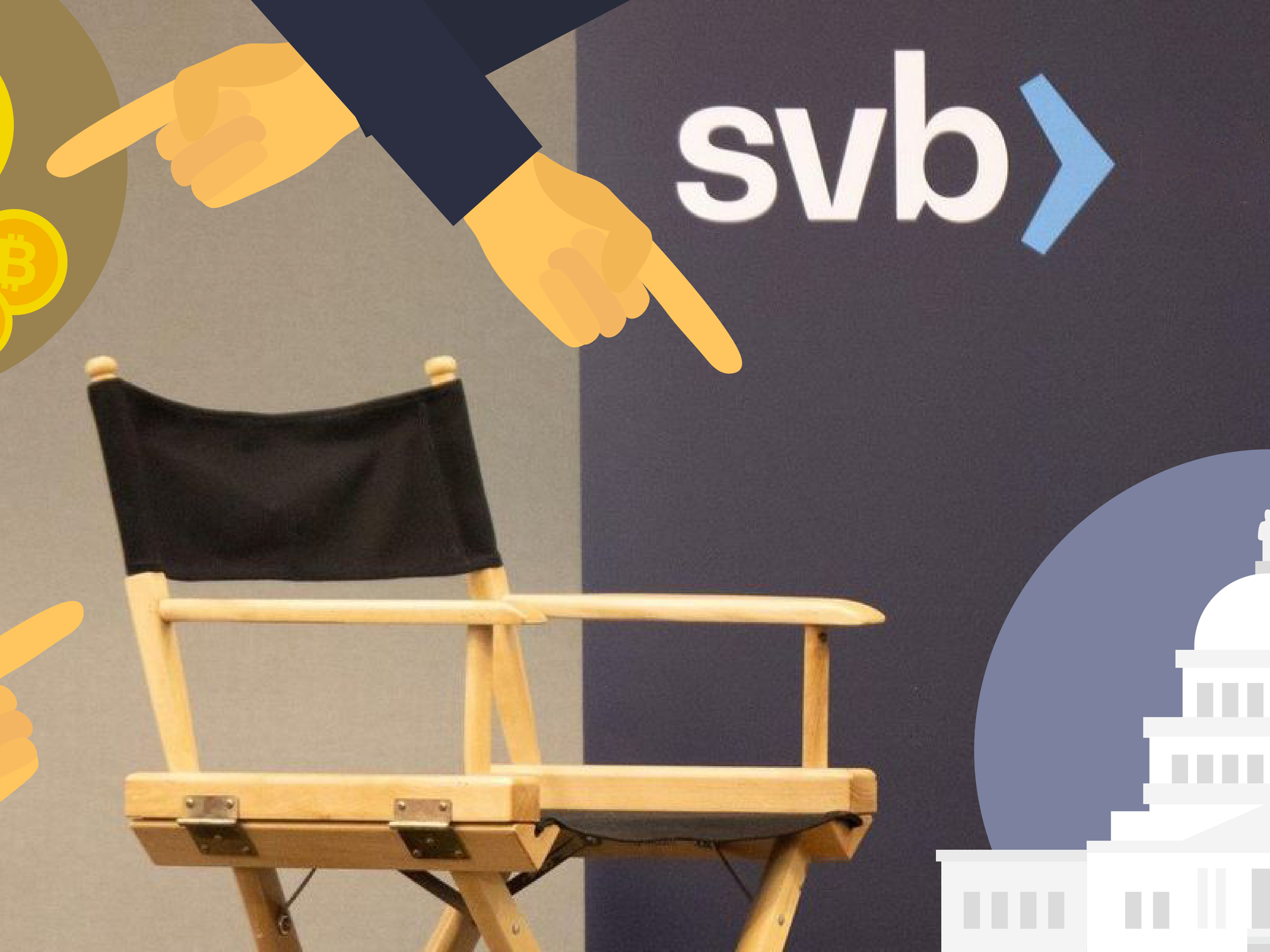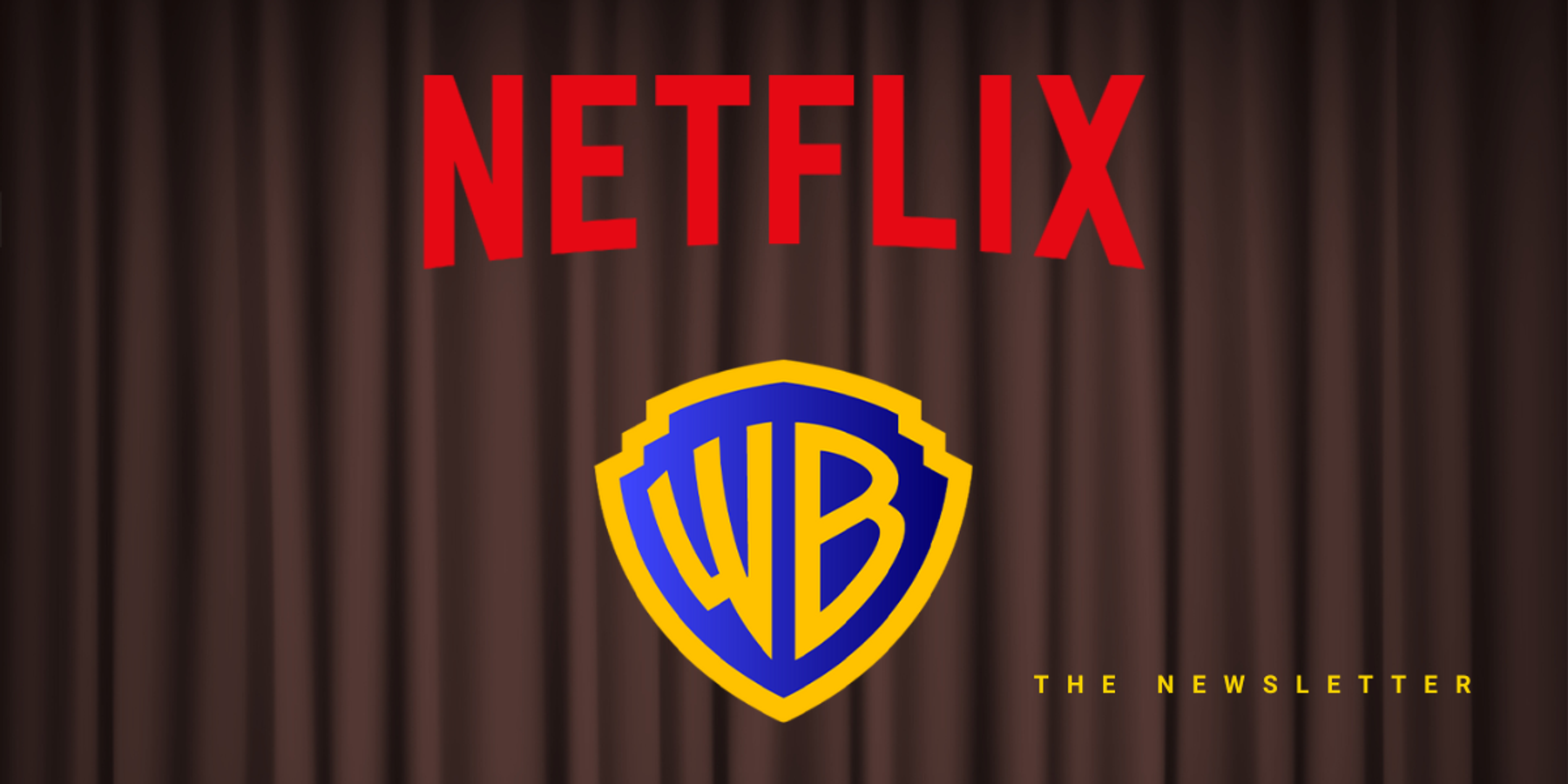Who’s To Blame for the Silicon Valley Bank Mess? The Internet Investigates

This is the web version of dot.LA’s daily newsletter. Sign up to get the latest news on Southern California’s tech, startup and venture capital scene.
Since the collapse of SVB, federal regulators have guaranteed that SVB depositors won’t suffer any losses. For now, it seems the immediate threat of contagion has passed, as regional bank stocks started to rebound following a Monday sell-off. As Silicon Valley Bank announced its new name, Silicon Valley Bridge Bank, and FDIC-appointed president Tim Mayopoulos urged former customers to consider returning with at least some of their funds, the media and technology pundits have started to refocus their attention elsewhere.
There’s naturally a whole active debate about whether or not the federal government’s intervention in SVB technically meets the definition of a “bailout.” But the real post-SVB fallout discussion, at least so far, has pivoted to, who specifically is to blame for SVB’s downfall? A number of potential suspects have been identified and held up for scorn and ridicule.
Suspect #1: The Bank Itself
Many fingers are pointing back to SVB itself and the bank’s core business model. By design, the bank served corporate deposits as opposed to retail customers. With more of its total deposits in the hands of fewer customers – and with many of those customers listening to the same venture capitalists, thought-leaders and prominent investors – it’s easier to trigger a run than at a more conventional bank. One former SVB employee, speaking anonymously with CNN, theorized that the bank’s public acknowledgment of its dire financial situation, prior to having a solid strategy to save deposits, was the killing blow.
The bank’s strategy proved particularly risky in the current economic landscape. A post-pandemic startup boom left SVB flush with cash; with deposits up 86% in 2021, it was bringing in money faster than it could lend it out. Their solution was to put the bulk of the funds into Treasuries and 30-year mortgages. Now in 2023, with interest rates at a 15-year high in an effort to tamp down inflation, and venture capital drying up amid recession fears, deposits fell just as SVB’s assets also tumbled in value. This dire combination then led to panic among investors.
Famed investor Michael Burry – he’s the guy played by Christian Bale in “The Big Short” – blasted SVB on Sunday for taking “stupid risks” based on “hubris and greed.” The bank has already been hit by a shareholder securities-fraud lawsuit, accusing management of failing to warn customers about its risky business model.
Suspect #2: The Government
And though President Biden noted in his remarks that the bank’s management will lose their jobs, Democrats have perhaps unsurprisingly singled out former President Trump as the chief culprit. Many on the left are pointing to Trump’s deregulation of the banking industry that was lobbied for, in large part, by former SVB CEO Becker. The former president, backed by Republican majorities in Congress (along with several aisle-jumping Dems), passed a new law in 2018 allowing mid-sized banks like SVB to avoid some of the regulations that were put in place following the ‘08 financial crisis. Had this law not passed, SVB would have been subjected to stricter oversight and more regulations that might have slowed or prevented its implosion. Biden called on Congress to strengthen the banking regulations and roll back some of the 2018 changes to the law.
Despite the regulatory rollback, other pundits and officials are nonetheless still blaming federal regulators and noting that there was ample time to alert the public to the dangers of SVB’s investment plans. Former Treasury official and economist Aaron Klein explained on “Meet the Press” on Sunday that the Fed had given SVB “a clean bill of health,” failing to protect their customers.
Suspect #3: Crypto
But these accusations are really just the beginning of the finger-pointing, as just about every stakeholder in tech, the media, and the economy sound off this week about who they think is to blame. Crypto advocates blamed inherent flaws in centralized banking and fiat currency more generally, while others pointed to the collapse of the crypto market and the FTX exchange as setting the stage for the SVB crisis.
Suspect #4: The Media
Reporters were accused of overhyping the story, or getting caught up in predictions about what might happen rather than “sticking to the facts.” Social media also took some abuse in the aftermath of SVB’s fall. Twitter wasn’t yet a concern during the last financial crisis; the argument goes that panicky all-caps tweets helped to set the stage for a physical bank run in the real world.
Suspect #5: Wokeness
Meanwhile, right-wing firebrands and Wall Street Journal columnists went after their favorite scapegoats: Obama and the abstract concept of “wokeness.” In WSJ, Andy Kessler cited a 2022 proxy statement from SVB noting that its board was made up of 45% women, along with two veterans and members of the Black and LGBTQ+ communities, arguing that the bank was apparently “distracted by diversity demands.” On his Fox News show, Carlson blamed the Obama administration, which made bank management “increasingly incompetent” by imposing “diversity, equity and inclusion standards” on the financial industry.
Suspect #6: Venture Capital
According to Business Insider, some venture capitalists are even blaming one another for stoking the fears that ultimately led to SVB’s collapse. Upfront Ventures managing partner Mark Suster compared feverish VC and investor tweets warning about trouble last week to the classic example of patrons shouting “fire” in a movie theater. Others disagreed; as one VC firm leader told Forbes, “you don’t blame the customer for taking money out of the bank.”
Obviously, identifying the key issues that led to the SVB collapse matters, as it helps everyone to avoid the same pitfalls next time with the next bank. Still, the next few steps seem relatively clear: protect SVB depositors in the short-term, restore some of the post-2008 crisis regulations that might’ve helped prevent a full-blown crisis, and maybe exercise a bit more caution before tweeting that the levees have broken and it’s time to head for high ground. With that in mind, it’s hard not to see at least some of the finger-pointing not as constructive criticism but everyone’s favorite form of emergency PR: crisis management. What we potentially have here is a large group of people who feel implicated, and thus want to suggest that the problems all started with someone, anyone, else.
- The Prisoner’s Dilemma That Drove SVB’s VC Bank Run ›
- SVB: What Startup Founders Could Expect From the Market in 2023 ›
- The SoCal Companies Affected By the Fall of Silicon Valley Bank ›
- Will the SVB Collapse Change How Startups Do Business? - dot.LA ›
- SVB's Collapse Has Caused Confusion Among LA's Tech Scene - dot.LA ›






 Image Source: Perelel
Image Source: Perelel